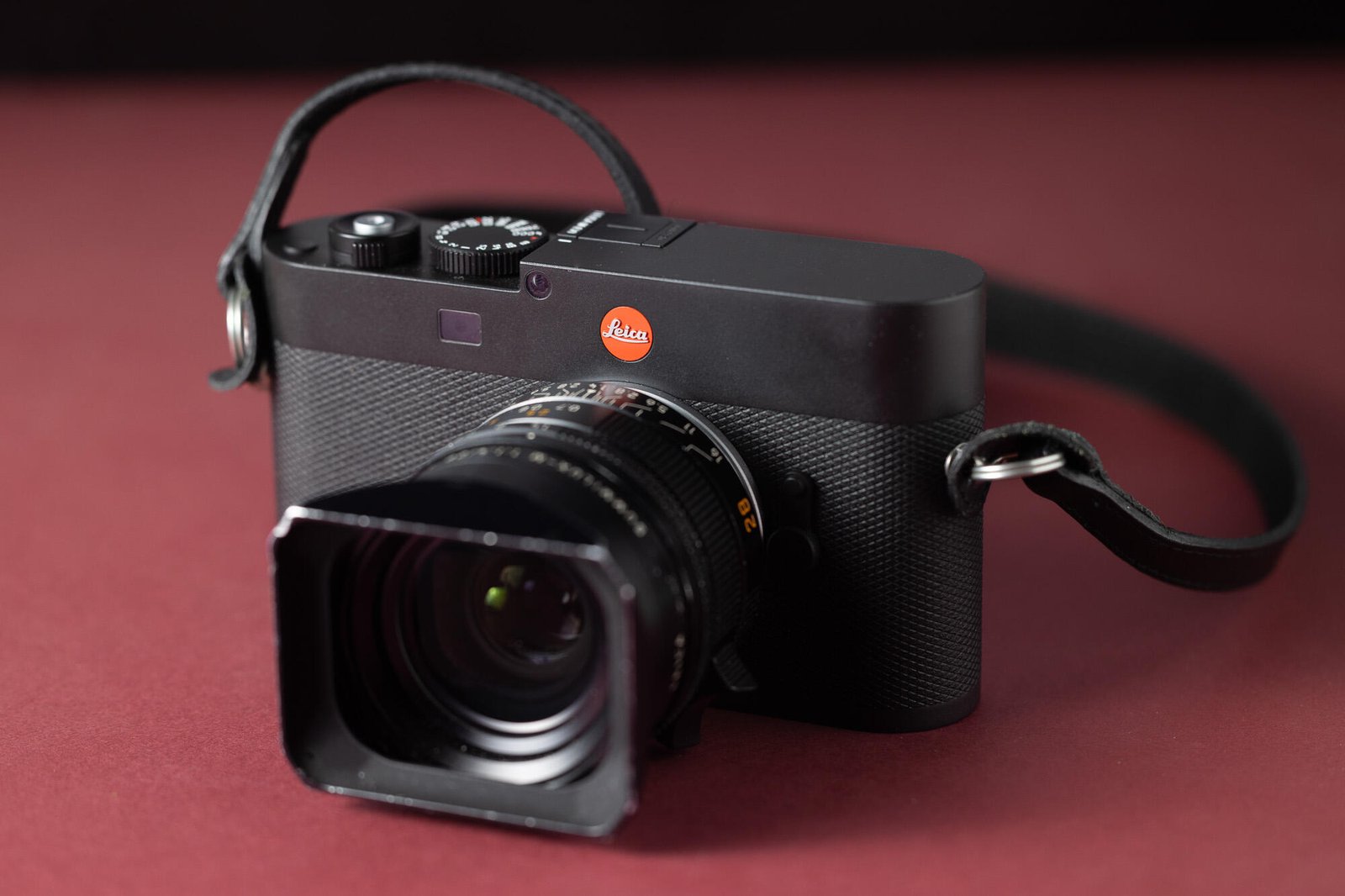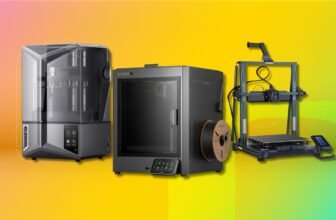
Mastering Photography with Leica’s New M EV1
Photography is an art that many aspire to master, yet the complexities of choosing the right equipment and techniques often leave enthusiasts feeling overwhelmed. The Leica M EV1 has emerged as a revolutionary tool for both amateurs and professionals, promising exceptional image quality along with intuitive controls. In this guide, you’ll discover how to maximize the potential of your Leica M EV1 through a series of tips and tricks that will elevate your photography game. Whether you are looking to improve your composition, make the most of your settings, or utilize advanced features, this post will provide invaluable insights for achieving stunning photographs with this remarkable camera.
Tip 1: Understanding Your Camera’s Features
The Leica M EV1 boasts a multitude of features that can seem daunting at first. Familiarizing yourself with these functionalities can transform your photography experience.
- Read the Manual: Start by reviewing the user manual that comes with the camera to get a sense of its features.
- Explore Settings: Delve into the menu settings. Spend time understanding each option, including exposure compensation and ISO settings.
Pro Tip: Experiment with each setting to see its effect on your photographs, allowing for greater comfort during actual shooting.
Tip 2: Utilize the Manual Focus
The manual focus feature is one of the M EV1’s highlights, offering precise control over your images. This can be especially beneficial when capturing detailed subjects.
- Set to Manual Mode: Switch your camera to manual focus mode.
- Use the Focus Peaking: Engage the focus peaking feature to aid in achieving sharp focus. This will highlight the areas in focus with a colored outline.
- Adjust as Needed: Rotate the focus ring on the lens to fine-tune focus on your subject.
Common Mistake: Don’t rush the focusing process; take your time to ensure optimal sharpness for your subjects.
Tip 3: Experiment with Different Lenses
One of the advantages of the M EV1 is its compatibility with various Leica lenses. Different lenses can dramatically change the perspective and depth of your images.
- Choose the Right Lens: Select a lens suited for your photography style, be it wide-angle for landscapes or prime lenses for portraits.
- Test Shots: Take several test shots with different apertures to see how they impact depth of field and image clarity.
Advanced Tool: Consider investing in vintage lenses compatible with the M EV1 for unique artistic results.
Tip 4: Harness the Power of Exposure Settings
Understanding exposure is vital for capturing well-lit, dynamic images. The M EV1 allows for intricate control over exposure settings.
- Adjust Shutter Speed: Experiment with varying shutter speeds to see how they can freeze motion or create a sense of movement.
- Experiment with ISO: Adjust the ISO settings based on lighting conditions. Use lower ISO for well-lit environments and increase it in low light.
Hidden Trick: Utilize the camera’s histogram to better gauge exposure in real-time during shooting.
Tip 5: Master Composition Techniques
Great photos aren’t just about technical settings; composition plays a crucial role as well. Utilize the rules of composition to enhance your images.
- Rule of Thirds: Use the grid feature to position your subject along the grid lines for more visual interest.
- Leading Lines: Look for natural lines in your scene that draw the viewer’s eye towards the subject. This adds depth to your photos.
Pro Tip: Take a few moments to scout your location and think about possible angles and compositions before shooting.
Tip 6: Know When to Use Flash
External flash can be a powerful tool to enhance your photography, especially in poorly lit environments. However, knowing when to use it is essential.
- Learn Flash Techniques: Experiment with bounce flash and off-camera flash techniques for more dynamic lighting.
- Balance Ambient Light: Adjust your flash output to complement ambient light rather than overpower it.
Common Mistake: Avoid using flash in environments where natural light suffices, as it can make photos appear unnatural and harsh.
Tip 7: Utilize Post-Processing
Post-processing is an integral part of modern photography. Understanding how to enhance your shots through editing will elevate your final images.
- Choose Editing Software: Select suitable software, like Adobe Lightroom or Capture One, that complements your workflow.
- Basic Adjustments: Focus on basic adjustments such as cropping, exposure, contrast, and color correction.
Advanced Tool: Explore plugins and filters that can yield unique artistic effects tailored to your photography style.
Tip 8: Share and Get Feedback
Engaging with the photography community can significantly help your growth. Sharing your work and receiving constructive feedback can provide new insights.
- Join Online Forums: Participate in photography forums and social media platforms to showcase your work.
- Seek Constructive Criticism: Be open to feedback, as it can lead to an improved understanding of your photography strengths and weaknesses.
Pro Tip: Consider creating an online portfolio to track your progress and goals over time.
Tip 9: Keep Practicing!
Good photography requires practice and experimentation. Make it a habit to shoot regularly to refine your skills and discover your unique style.
- Set Challenges: Challenge yourself with specific photography tasks or themes to push your creative boundaries.
- Daily or Weekly Goals: Set achievable photography goals, whether it’s capturing a certain number of photos a week or trying out different styles.
Common Mistake: Don’t get discouraged if you don’t see immediate improvement; consistency is key.
Tip 10: Explore the Community
Connecting with fellow photography enthusiasts can provide new insights and inspiration. Attend local meetups and workshops to learn from others.
- Find Local Groups: Look for local photography clubs or online meetups pertaining to your interests.
- Participate in Exhibitions: Enter your photos into local exhibitions for an opportunity to showcase your work and learn from feedback.
Pro Tip: Networking can also lead to collaboration opportunities, enhancing both your skill set and portfolio.
Summary
- Familiarize Yourself: Get to know your Leica M EV1 and its features.
- Manual Focus: Learn to utilize the manual focus feature for precision.
- Lenses Matter: Experiment with various lenses to enhance your creative outcomes.
- Exposure Control: Understand and manipulate exposure settings effectively.
- Composition Techniques: Practice composition rules for captivating images.
- Utilize Flash Wisely: Master the use of flash to improve your indoor shots.
- Post-Process with Care: Enhance your photos in post-processing to achieve professional results.
- Engage with Community: Share your work and connect with fellow photographers for growth.
- Practice Regularly! Set goals to ensure continuous improvement and exploration.
- Explore Together: Connect with the photography community for support and inspiration.
By incorporating these tips and tricks, you’ll not only improve your technical proficiency with the Leica M EV1, but also gain a deeper appreciation for the creative art of photography. Enjoy capturing moments and creating lasting memories!







